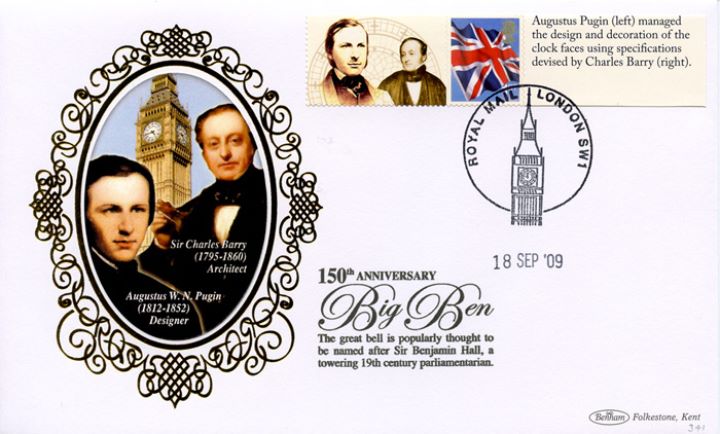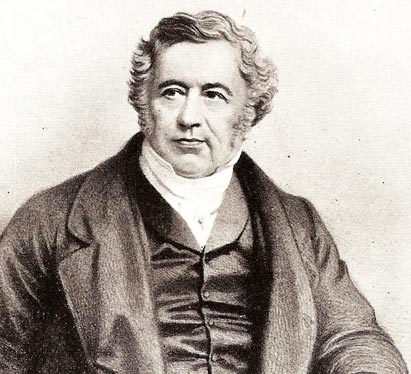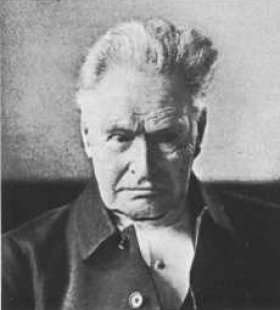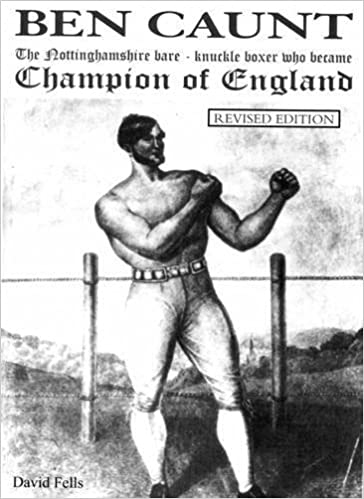The clock strikes of Big Ben announced the end of 2020 and welcomed the start of 2021. The tradition of Big Ben’s chimes on New Year’s Eve dates back to 1923, when for the first time, BBC Radio broadcasted the chimes to the United Kingdom at midnight on 31st December. This tradition dates back to 1923, but when was Big Ben built? Why is it called Big Ben? Why is there continuing works on the clock tower? And what is in store for the future of one of London’s most famous landmarks?
On 16th October 1834 a disastrous fire broke out in the Palace of Westminster after two underfloor stoves used to burn the Exchequer’s stockpile of old tally sticks ignited panelling in the Lords Chamber. It was the largest fire in London apart from the Great Fire of 1666 and the Blitz in the Second World War. In 1840, architect Charles Barry, won the commission to design the new palace and included a clock tower in his final designs. He hired Augustus Welby Pugin to help design and revive the Gothic style.


In 1843 the construction began on the Clock Tower and in 1852 Edward John Dent was appointed to build the clock to the designs of Edmund Beckett Denison. 2 years later the clock mechanism was completed however in 1857 the first ‘Big Ben’ developed a 1.2m crack during testing.
The second ‘Big Ben’, in 1858, was cast by the Whitechapel Bell Foundry in East London and was transported to New Palace Yard on a carriage drawn by 16 white horses and raised to the belfry.



The Clock Tower was complete in 1859. It started ticking on 31stMay and the strikes were heard for the first time on 11thJuly. This was short lived as later Big Ben was found to be fractured again and remained silent.

It wasn’t until 1863 when the Astronomer Royal, Sir George Airy, suggested that Big Ben was turned 90 degrees and the hammer size reduced, which allowed Big Ben to strike the hours once more.

In 1932 Big Ben’s strikes were broadcasted internationally for the first time by the Empire Service as part of King George V’s Christmas broadcast.
From 1939 to April 1945 the clock dials remained in darkness to abide by the blackout regulations of the Second World War. On 10th May 1941 it was hit by a bomb released by a German aircraft which damaged some ornamental ironwork and stonework but the attempt to destroy it completely was unsuccessful. Once the blackout regulations were lifted, the clock dials were re-illuminated.

In the middle of the night on 5th August 1976 a mechanical failure caused serious damage and the clock mechanism exploded. Big Ben was silent for nearly 9 months. It was repaired in time for the bells to ring out to mark Queen Elizabeth II’s Silver Jubilee visit to Westminster Hall in May 1977.
Again in 2007 Big Ben and the quarter bells were silenced from 11th August to 1st October for maintenance work.

In 2012 the Clock Tower was renamed the Elizabeth Tower. This is the true official name of “Big Ben”. It was done to honour Queen Elizabeth II’s Diamond Jubilee.
Despite being called the Elizabeth Tower, everybody knows the famous landmark as its nickname, “Big Ben”. But where does it come from? There are two theories. The first is that it was named after Sir Benjamin Hall, the First Commissioner of the Works. The second is that it was named after Benjamin Caunt who held the English heavyweight championship from 1838-1845 and was nicknamed “Big Ben”.

The most likely is that it was named after Sir Benjamin Hall. Benjamin Hall was a Welsh civil engineer who served as a member of the House of Commons for nearly three decades. He oversaw the rebuilding of the Houses of Parliament following the 1834 fire and his name is inscribed on the bell hanging in the clock tower. An article in the Times on 22nd October 1856 was headlined “Big Ben of Westminster” and read “All bells, we believe, are christened before they begin to toll, and on this occasion, it is proposed to call our king of bells “Big Ben” in honour of Sir Benjamin Hall, the President of the Board of Works, during whose tenure of office it was cast”.

Between 1983 and 1985 there were further repairs of Big Ben in order to fix many of the maintenance and structural issues. However, the clock tower continued to deteriorate. In 2017 the most extensive conservation project of Big Ben began in order to preserve it for future generations. This project was aimed to be finished in 2021 however due to the pandemic a revised completion date is expected soon.

Recently the new clock face has been revealed with the former black colour being replaced with blue. This is in keeping with the original design. The hands and detailing were blue when it was built in 1859. It is only London’s pollution which caused the detailing to turn black and in the 1930s it was painted black, with a new coat added in the 1980s in order to preserve the clock face. Other renovations have been made to the tower for example Big Ben now has its very first toilet.

The chimes were heard once again on the 31st December 2020 in London and through the public’s television screens keeping with the decades old tradition, and soon Big Ben will be finished, functioning and gleaming.
Did you know the history behind Big Ben? Do you like the blue detailing on the clock face? Is it your favourite London landmark? Let me know in the comments!

Such an interesting post!! I didn´t know all these facts about the Big Ben. I lived in London for seven years and the Big Ben is my favorite sight, I used to love walking along Westminster Bridge and seeing the Big Ben from many different angles and distances. Thank you for sharing this, it brought lots of beautiful memories back!
LikeLiked by 1 person
Thank you so much for your lovely comment. I am glad you enjoyed the post and learnt more about Big Ben! ☺️
LikeLiked by 1 person